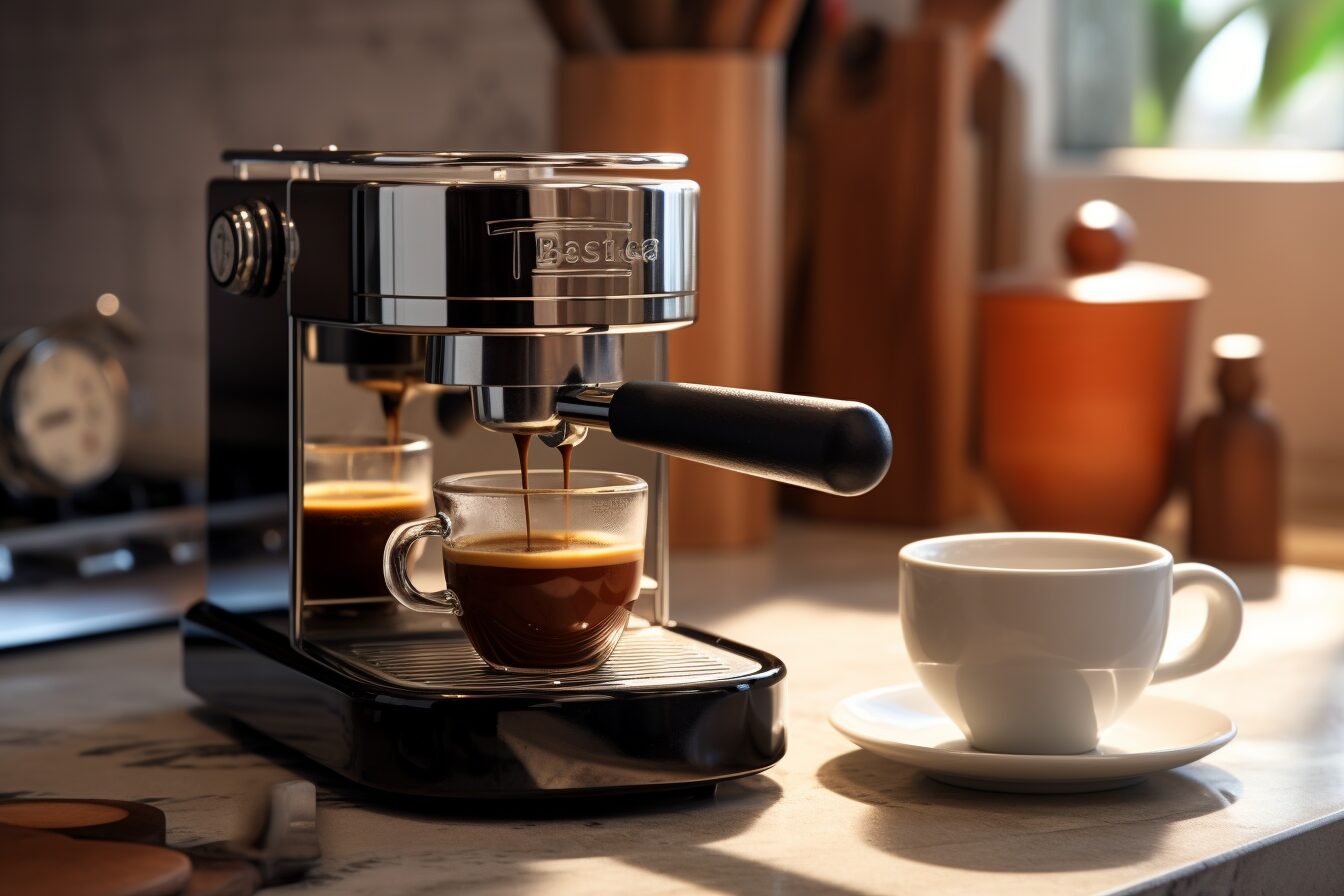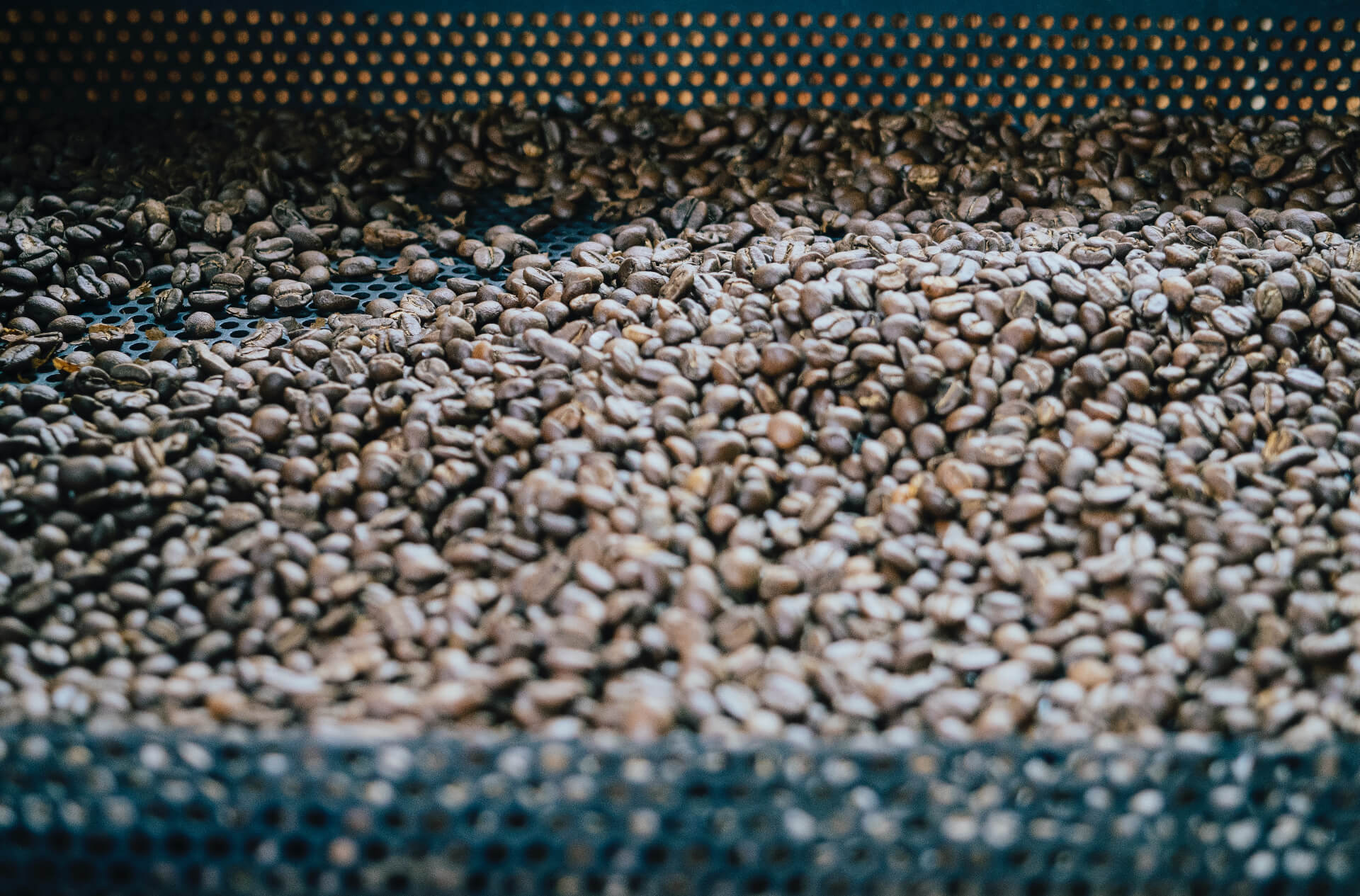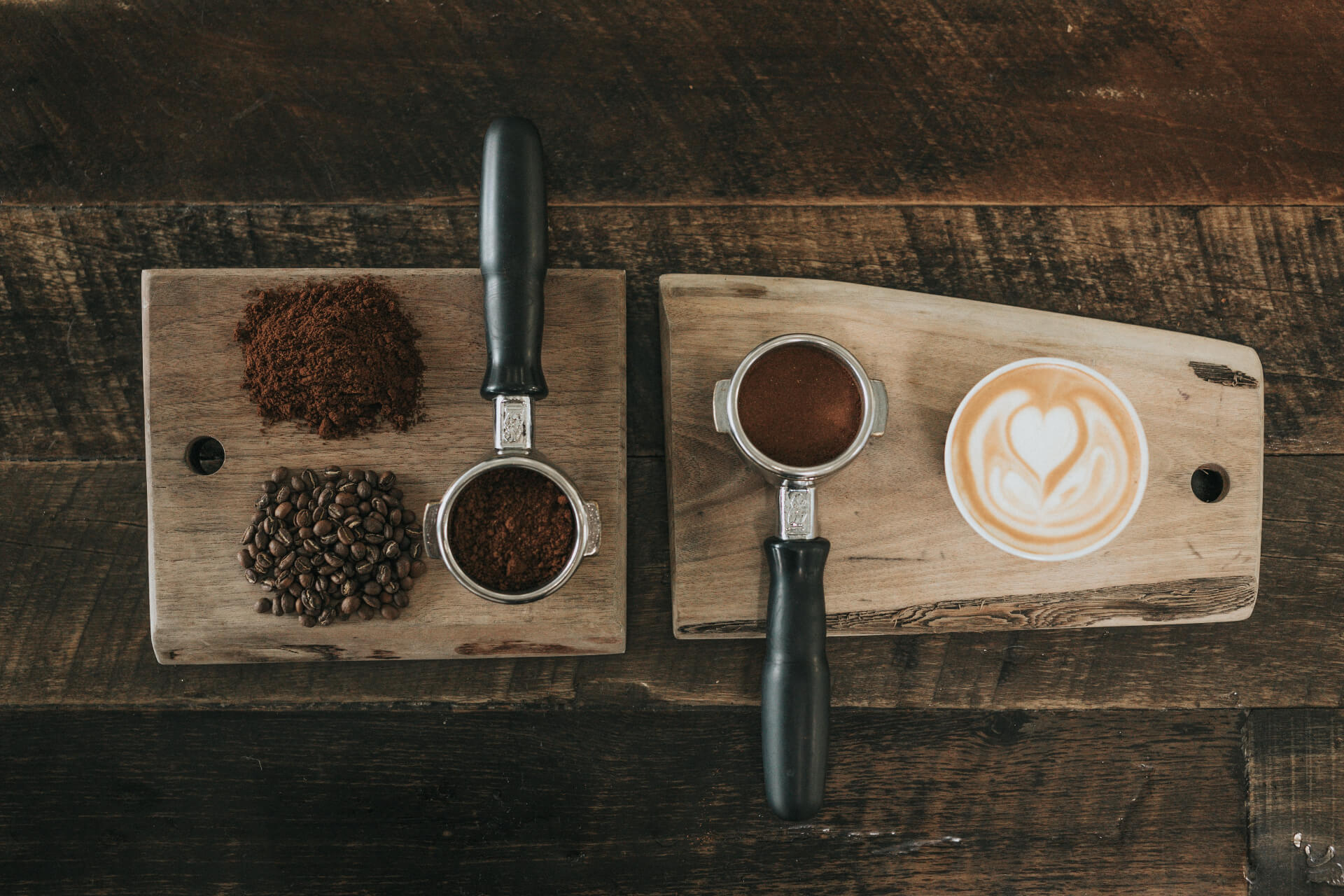
A Just Cuppa Joe: What Is Sustainable Coffee?
We are reader-supported. When you buy through links on our site, we may earn affiliate commission.
Coffee feels universal, almost like the air we breathe. You need it first thing in the morning. It’s a habit to go to Starbucks in the morning and wait in that line. For something that could impact your whole day and mood, all coffee should have high production, farming, and labor standards, right? A rise in climate awareness in the last decade has people question their favorite morning comfort — what is sustainable coffee?
What Is Sustainable Coffee, Anyway?
Sustainable coffee refers to coffee that is ethically sourced and manufactured. The entire supply chain’s workers, from farmers to retailers, have healthy livelihoods and fair working environments. To make coffee even more sustainable, it should give back to the earth more than it takes away from it.
There is a lot at stake here. Unfortunately, “sustainable coffee” is a term because modern coffee farming and production do not often meet these criteria. Major coffee companies exploit farmers, and their land has had its resources extracted from overfarming. Because coffee is limited to developing in tropical areas, businesses manipulate and destroy them to fit market demand — it’s not always for the greater or natural good. Deforestation happens as a result.
Worldwide, coffee processors work for very little, even though it is one of the most desired products on the planet. This is because manufacturers make coffee inexpensive so they can reach more markets. Unfortunately, workers suffer as a result. If you have ever shrugged off an expensive bag of coffee beans, this was intentional, as it represented a fair price for the labor behind it.

How Has Coffee Impacted Climate Change
The coffee industry will exceed $88.3 billion worldwide as it enters even more nations. Countries known for tea, like India, are even catching the coffee trend. That means countries not suited for growing coffee must make artificial environments to support it, which isn’t always the best thing for the planet’s health.
There are emissions from each stage of coffee’s life cycle, with production accounting for up to 80% of its impact. Why? Coffee loves shade, yet modern agriculture is wholly exposed to the sun. Farmers have to circumvent that by releasing more emissions and using more resources, such as injecting more chemical fertilizers or tearing up more land for expanded irrigation.
Clear-cutting trees remove carbon sinks from a world that desperately needs them while displacing countless species from their natural habitats for a plant that should not grow there.
The consumer has something to do with coffee’s carbon footprint, too. Consider how many disposable cups get thrown out in the name of your wake-up beverage. On top of that, it takes resources to heat water, and the residual coffee waste that isn’t composted goes to landfill, releasing more greenhouse gases.
Just because your morning coffee contributes to climate change doesn’t mean you need to stop drinking it — all you have to do is advocate for the industry’s betterment to enjoy your morning ritual guilt-free.
How Can Consumers Check if Coffee Is Sustainable?
The first identifier is third-party certifications. Here are some of the most important when it comes to coffee:
- Rainforest Alliance
- Certified Organic
- Certified Fair Trade
- Bird-Friendly Coffee Certification
- Specialty Coffee Association
- Shade-Grown Certified
You should look for as many of these as possible — not just one or two. The combination of all efforts make a sustainable coffee.
Another thing you can look out for is transparency. Does the brand’s website have published sustainability initiatives? Are they clear about how they treat workers and what conditions they thrive in? If a company feels intentionally discreet, you’ll want to further research by contacting the brand or looking for online reviews and stories from workers.
You’ll also want to make sure the company makes it easy to know where the beans came from. This is called traceability. You should be able to find out exactly where they were planted, who is in charge of roasting them, who transports them, and what retailers the brand is OK partnering with. All of these avenues reveal a lot about corporate priorities.
Here are a few coffee companies making sure they provide truly sustainable cups of joe:
- Grounds for Change
- Awesome Coffee Club
- Tiny Footprint Coffee
- Ethical Bean
- Peace Coffee
- Counter Culture Coffee
- Equal Exchange

How Can Coffee Become More Sustainable?
Packaging is one of the easiest transitions coffee companies can make now. Most bags are coated with nonrecyclable materials, making it hard for consumers to dispose of the end product responsibly. This includes bags with whole beans, coffee pods, and carrying cups.
Additionally, regulations need enforcing. For example, shade-grown is the way to go regarding healthy beans and a healthy planet. Providing assistance for supply chains to transition to electric vehicles instead of relying on fossil fuels is another essential.
There are also strategies like Integrated Open Canopies, where governments incentivize coffee farmers to have natural forests on their coffee farmlands. They receive carbon credits for doing so. They are benefitting local biodiversity while increasing the well-being of their agricultural output. This helps normalize just labor because farmers can receive more compensation by being aware of the planet’s needs. They should see an increase in profits, too, because healthier farms bring higher yields.
Apart from these massive systemic shifts, here are a few individual changes you can make to your coffee routine to reduce its carbon footprint:
- Buy local coffee beans from small roasters.
- Bring your reusable mug.
- Purchase reusable filters.
- Use dairy alternatives, like nut milk, for milky coffee.
- Eliminate pods, go for whole beans, and grind them.
- Compost coffee grounds or use them as fertilizer.

What Is Sustainable Coffee in the Modern Age?
Companies are attempting to make a change. Coffee producers and farmers should have fair wages and nutritive environments for the plants and their people. There are ways to grow and process coffee while giving back to the soil that birthed it in the first place. It will be a long road to standardization, especially with demand growing. But once the planet gets to sustainable coffee, we are confident it will taste better.
Share on
Like what you read? Join other Environment.co readers!
Get the latest updates on our planet by subscribing to the Environment.co newsletter!
About the author

Steve Russell
Steve is the Managing Editor of Environment.co and regularly contributes articles related to wildlife, biodiversity, and recycling. His passions include wildlife photography and bird watching.





